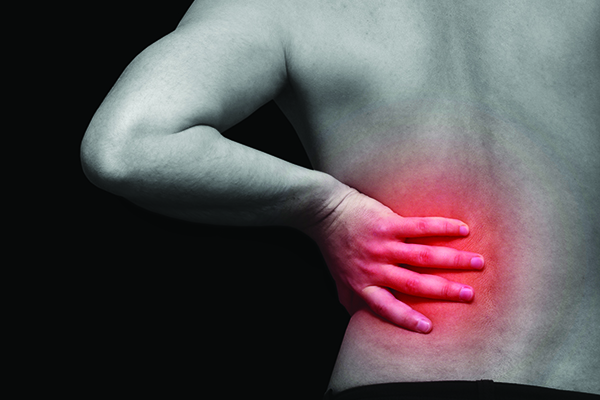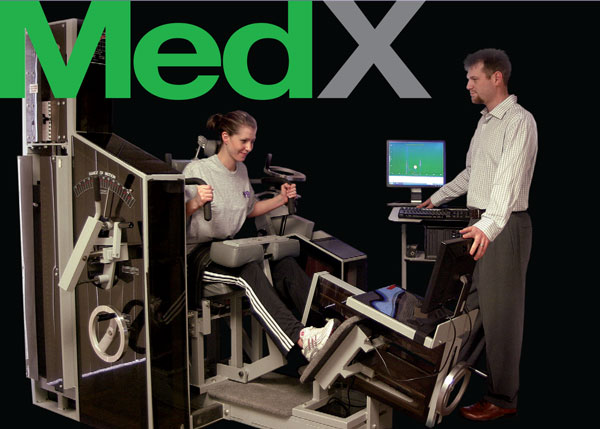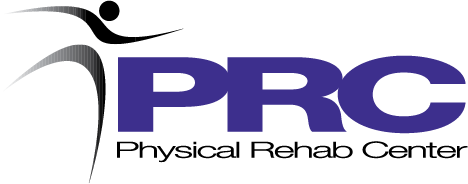Spine Rehabilitation
Spinal Injury and Physical Therapy

A new review article published in the Journal of the American Academy of Orthopaedic Surgeons should help convince many patients with low back pain to consider physical therapy as a first line of treatment for their condition, according to the American Physical Therapy Association (APTA). The review, published in February 2009, recommends that in most cases of symptomatic lumbar degenerative disc disease, a common cause of low back pain (LBP), the most effective treatment is physical therapy combined with anti-inflammatory medications. Approximately 75 to 85 percent of adults will be affected by low back pain during their lifetimes.
Symptomatic lumbar degenerative disc disease develops when a disc weakens (often due to repetitive strain), is injured, or deteriorates from aging. As a result, the disc is unable to hold the vertebrae as it should and the lack of stability can cause back pain.
The review details the different treatment methods for symptomatic lumbar degenerative disc disease, including physical therapy with the use of nonsteroidal anti-inflammatory drugs (NSAIDs), and concludes that, in most patients with low back pain, symptoms resolve without surgical intervention. The review also concludes that physical therapy and nonsteroidal anti-inflammatory drugs are the “cornerstones” of non-surgical treatment.
Physical therapist intervention includes exercises to strengthening the core muscle groups, including the abdominal wall and lumbar musculature. Exercise and manual therapy have been shown to benefit many patients within a wide variety of spinal diagnoses. In addition, patient education to remain active and use appropriate body mechanics is beneficial. Physical therapists are trained to identify which of these treatment strategies will be most effective for an individual patient, which further improves the effectiveness of care.
Systematic reviews of the medical literature have found that exercise has been shown to improve function and decrease pain in adult patients with Low Back Pain.
Med X Strength Testing and Strengthening Programs
PRC incorporates the highest standard of medical testing and strengthening equipment into our spinal rehabilitation programs

MedX equipment is recognized as the Gold Standard for treating and reducing chronic neck and back pain and dysfunction through specific spinal strengthening. Over the last 15 years, the Universities of Florida and San Diego, along with various orthopedic clinics around the world, have published some of the most compelling research to date. This research shows that specific spinal strengthening exercises using the MedX Lumbar and Cervical Extension Machines help people get better, even after multiple failed attempts at other forms of treatment. With more than 40 published articles in peer-reviewed journals, the proof lies in both the research and the testimonials of thousands of people around the world.
Medical evidence has shown that the majority of patients with spinal disorders are significantly deconditioned. Weakness of the spinal musculature can lead to many conditions and are not limited to spinal DDD, DJD, spinal stenosis, and disc protrusions. A strong spine provides a strong foundation that allows for health in spinal discs between the vertebrae, which prevents spinal decompression. An evaluation of cervical and lumbar extensor strength is clinically important in determining a patient’s initial functional status.
The MedX cervical and lumbar machines have been clinically proven to be extremely effective in the treatment of neck and back pain for a variety of spinal pathologies. These machines focus on the strength, stability, flexibility and endurance of the body’s core, providing a solid foundation for whole body strength.
These machines Isometrically test (safest form of testing) the strength of the cervical and lumbar extensor muscles throughout the entire range of motion of the patient’s true cervical and lumbar range of motion. Isomteric testing may occur every 3 degrees within the patient’s true cervical and lumbar range of motion. The software then plots a strength curve that allows a comparison of the patient’s strength and range of motion to normative established values in age, gender and body weight. The results are based on objective measurements and comparisons to actual research based norms that have been published in peer-review medical journals, not on subjective pain ratings.
Strengthening programs and goals are then created from the objective findings and are carried out on the MedX machines to ensure properly focused training. The patient is then evaluated throughout the rehabilitation process to provide objective measures for advancement and to determine progress prior to discharge.
Accuracy and reliability of testing is addressed by the machines ability to factor out the torque of both head and trunk mass and stored energy. Head and trunk mass is eliminated via an adjustable counterweight, and stored energy can be assessed and factored out at each angle tested. Validity is addressed by the machines ability to isolate the cervical and lumbar extensor musculature by their patented restraint systems. Other extensor strengthening machines have been proven to increase strength in surrounding muscle groups that are recruited such as the gluteals and hamstrings, not the targeted spinal extensors.
Strength can also be evaluated in reference to a flexion and extension ratio, which describes the balance of muscular strength throughout the range of motion, because MedX machines plot spinal strength throughout a patient’s entire cervical and lumbar range of motion. For example, if a patient exhibited more weakness in flexion than extension, then the patient would present with difficulty with functional activities that involve repetitive forward bending such as lifting. If a patient exhibited more weakness in extension than flexion then the patient would present with difficulty in upright sitting and standing postures. Strengthening programs can now be geared toward range of motion specific weakness to improve functional outcomes.






